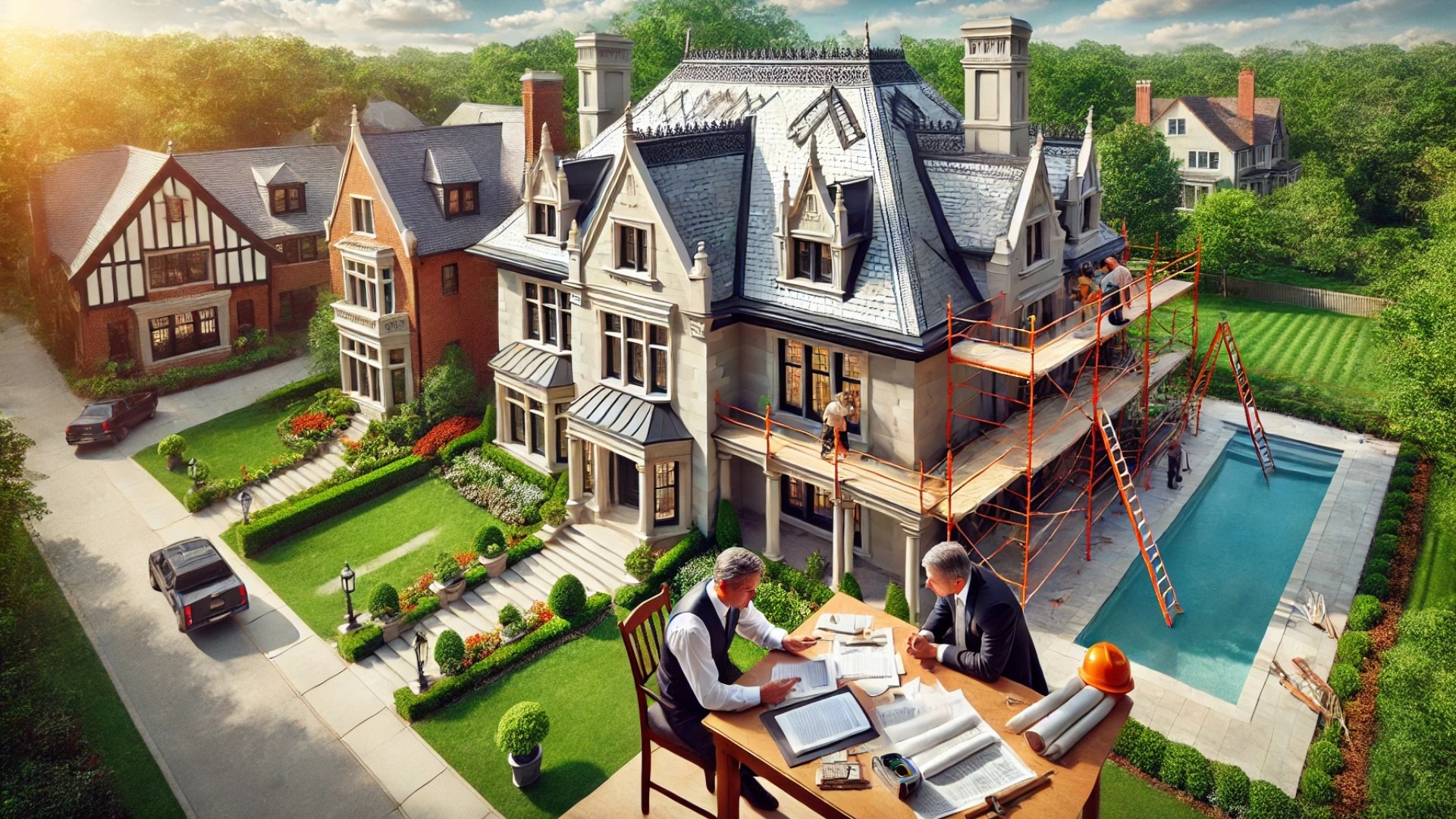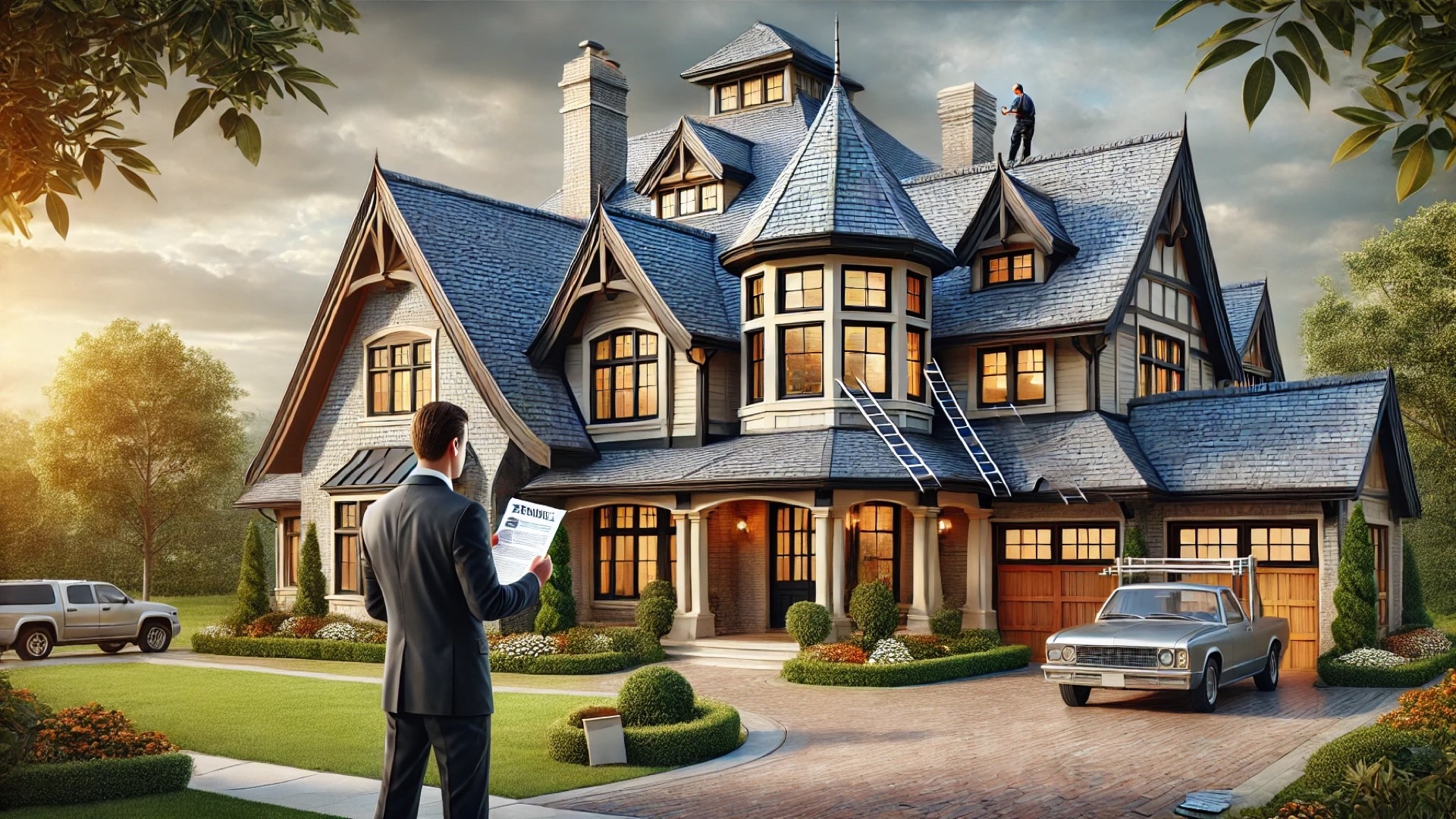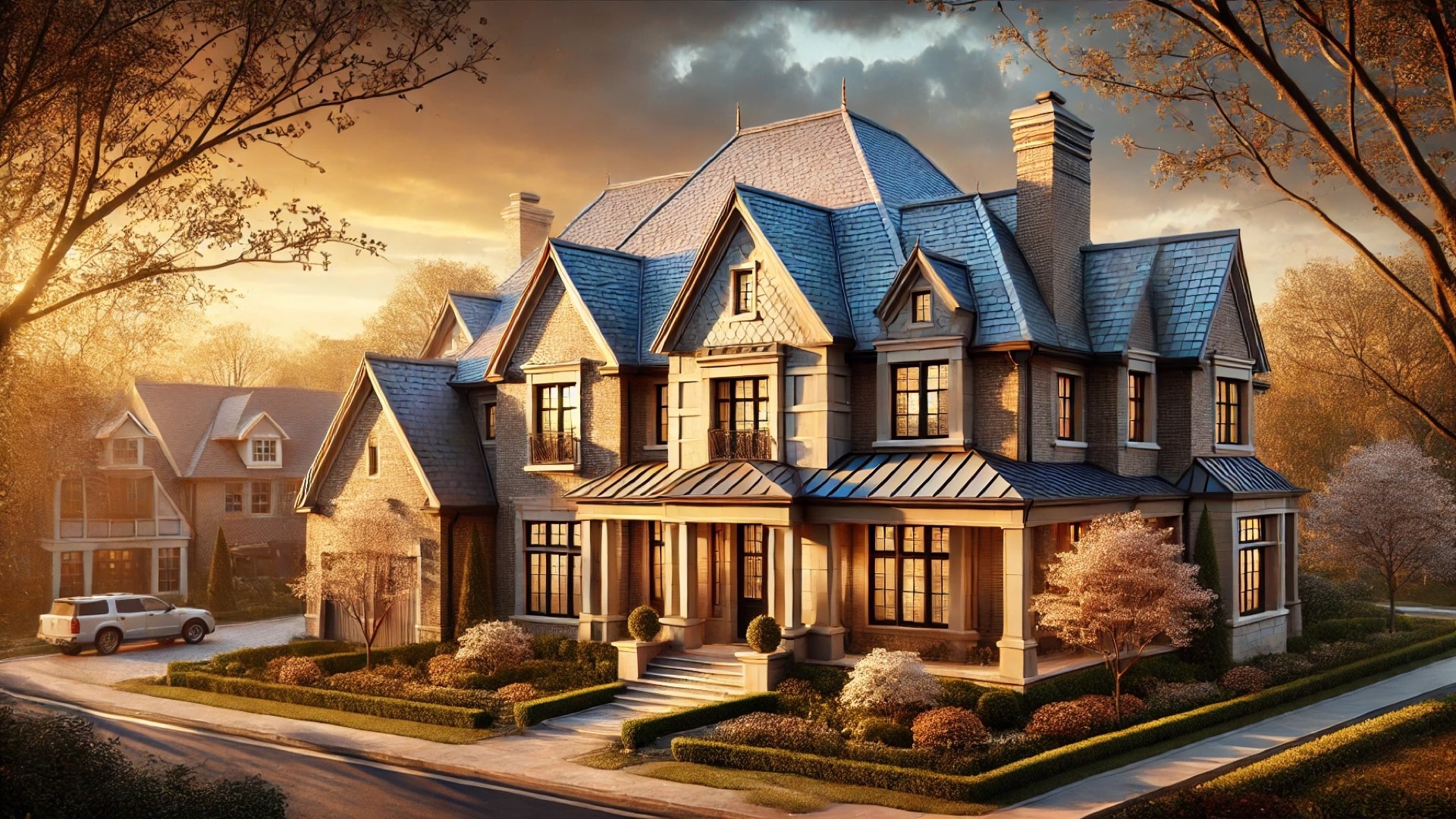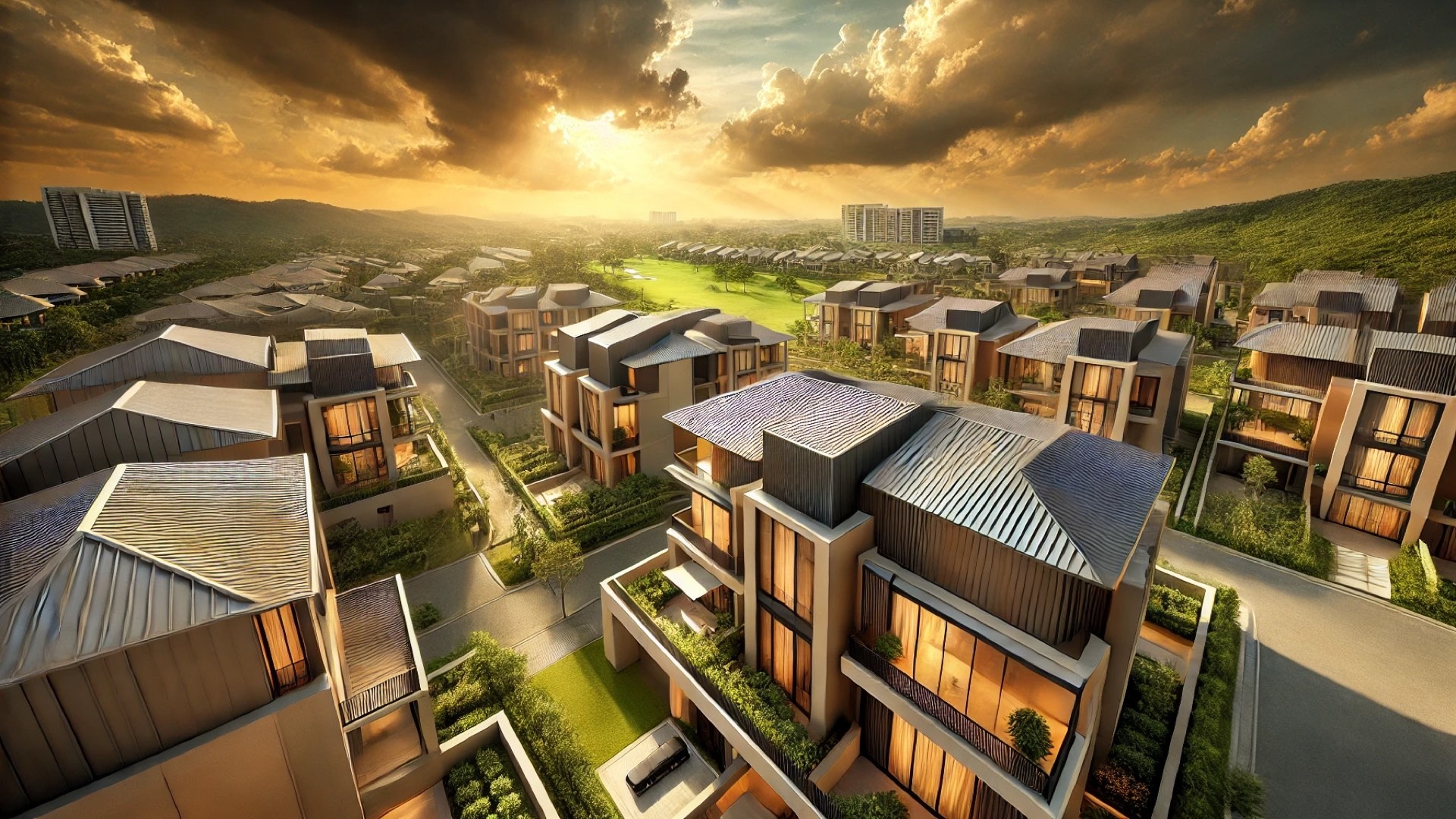
Exploring Financing Options for Your New Roof: A Necessity for Historic Homes
As the years pass, even the sturdiest roofs show signs of wear and tear, especially for properties steeped in history. For those residing in upscale neighborhoods, financing a new roof can represent a daunting task. However, understanding the various financing options available not only lightens the financial burden but also ensures that the exquisite craftsmanship of these historic homes is preserved. This article delves into the nuances of financing a new roof, focusing particularly on how it impacts property value and curb appeal.
Why A New Roof is an Investment in Your Property
Investing in a new roof goes beyond the immediate need for shelter; it’s about maintaining the architectural integrity that defines your home. A well-installed roof enhances energy efficiency, increases resale value, and protects from pests and weather damage. According to recent studies, homeowners can expect up to a 70% return on their investment when replacing roofs in high-value properties. With this in mind, it’s essential to consider financing options that not only help cover the upfront costs but also align with your financial goals.
Understanding Your Financial Options: From Loans to Renovation Programs
Homeowners can choose from a variety of financing paths when seeking to fund their new roofs. Traditional home equity loans allow property owners to borrow against the value of their home, while personal loans offer flexibility without the need for collateral. Other options include renovation financing programs designed specifically for significant home improvements. Programs like Fannie Mae’s HomeStyle Renovation Loan facilitate the costs of necessary upgrades and renovations, ensuring that your home retains its allure and historical value.
Calculating Costs: Is Financing Worth It?
When faced with the financial decision to roof or not to roof, it’s crucial to analyze all associated costs. This means considering the hidden expenses associated with a roof installation, such as permits, potential structural modifications, and the labor involved. A thorough cost-benefit analysis can clarify whether the advantages of financing outweigh the drawbacks of waiting or opting for cheaper materials. For affluent homeowners, investing in sustainable materials can reduce energy costs in the long term while enhancing the property’s aesthetic appeal.
The Craftsmanship Connection: Hiring Skilled Artisans
For those passionate about craftsmanship and unique design, finding skilled artisans who understand the architectural significance of historic roofs makes a difference. Engaging high-quality builders ensures the roof complements the overall aesthetic of the property. Additionally, quality installations reduce future maintenance costs and can potentially be financed over time. Tapping into resources for locating highly-rated craftsmen can pay dividends in ensuring your project stays on track.
Rethinking the Importance of Roof Aesthetics
Your home’s roof is not merely functional; it’s a statement about who you are. It speaks to the kind of investment you are willing to make for beauty, sustainability, and craftsmanship. Finances aside, it’s vital to understand that a beautifully designed roof has the potential to elevate the entire property’s charm, enhance neighborhood aesthetics, and justify considerable investments.
In summary, financing a new roof represents not just an expense but an important investment in your home’s future. It safeguards your property’s value while enabling you to make choices that honor its heritage. Whether through loans, renovations, or skilled craftsmanship, prioritizing your roof ensures your historic home remains a beautiful and enchanting place to live.
For homeowners in historic and upscale neighborhoods, seizing the opportunity to finance a new roof today could lead to cherished benefits tomorrow. Choose wisely, and watch as your home emanates timeless elegance for years to come.
 Add Row
Add Row  Add
Add 




Write A Comment